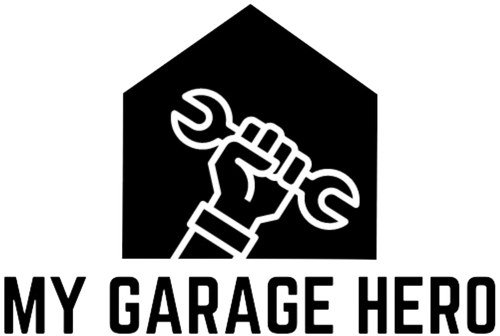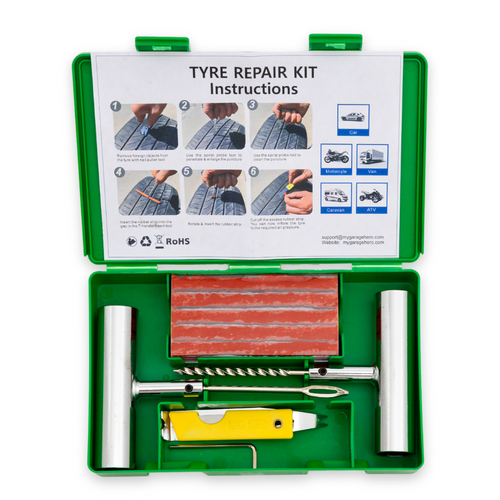Choosing the right jump starter isn’t just about power. It’s about compatibility. Whether you’re reviving a small petrol car or jumpstarting a heavy-duty diesel truck, knowing the difference between 12V and 24V systems can save you time, money — and headaches.
This guide breaks down everything you need to know about 12V vs 24V jump starters, battery types, charger features, and how to make the right call.
Battery Basics
The Role of Jump Starters
Jump starters are portable batteries designed to deliver a high current burst to restart a flat vehicle battery. But they’re not one-size-fits-all — they must match the voltage system of your vehicle.
Understanding Battery Capacity
-
12V batteries: Standard in most petrol and small diesel vehicles (cars, utes, SUVs)
-
24V batteries: Used in heavy-duty vehicles like trucks, buses, and machinery. Often configured from two 12V batteries connected in series
Chargers Explained
The 12/24V Battery Charger
A dual-voltage battery charger can switch between 12V and 24V output. These are great if you work across different vehicle types — or if you want one solution for the family car and the work truck.
Types of Battery Chargers
-
Standard AC Chargers: Plug into wall power. Good for slow, full recharges.
-
DC to DC Chargers: Useful for charging your 24V system from a 12V alternator or solar setup.
-
Smart Chargers: Automatically adjust voltage and amperage based on battery condition.
24V Lithium Ion Battery Charger Overview
-
Lightweight and compact
-
Charge faster than lead acid units
-
Usually have built-in protections (overcharge, reverse polarity, temperature control)
✅ Popular options: Victron 24V, CTEK 24V, Itechworld 24V models
24V Battery Charger Features
-
Amperage output (20A+ is ideal for large systems)
-
Cooling fans or thermal management
-
LED or LCD status display
-
Compatibility with lithium (LiFePO4), AGM, or lead acid batteries
Practical Applications
When to Use a 12V Jump Starter
-
Most passenger cars
-
Small SUVs, utes, hatchbacks
-
Boats, motorcycles, light-duty equipment
When to Use a 24V Jump Starter
-
Trucks, buses, construction equipment
-
Dual battery systems in 4WDs or caravans
-
Farm equipment and off-grid rigs
⚠️ Always check your battery system label before attempting a jump — applying the wrong voltage can fry electronics.
Efficiency and Safety
Charging Safety Tips
-
Use the correct voltage setting — never charge a 12V battery on 24V mode
-
Avoid charging lithium batteries with chargers not designed for LiFePO4
-
Charge in a ventilated area
-
Disconnect the charger after a full charge to prevent overheating
Efficiency of 24V Battery and Charger Combinations
-
24V systems generally run more efficiently for high-load applications
-
Less voltage drop across long cable runs
-
Charge faster and use smaller cables (lower current)
Conclusion: Making the Right Choice
-
Choose 12V if you’re using a standard car, SUV, or small work vehicle
-
Go 24V if you drive trucks, have a dual battery setup, or use industrial equipment
Need a jump starter or charger built for real Aussie conditions? Our Boost N’ Inflate packs 800A of 12V power in a compact, feature-loaded unit. Perfect for petrol and diesel engines up to 5L/3L.
Still not sure? Bookmark this guide — or send it to a mate who thinks one jumper works for everything.


